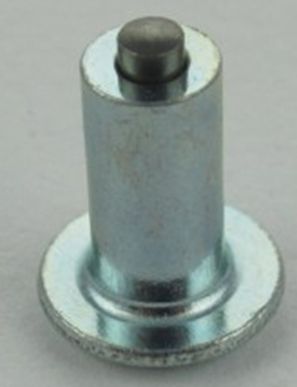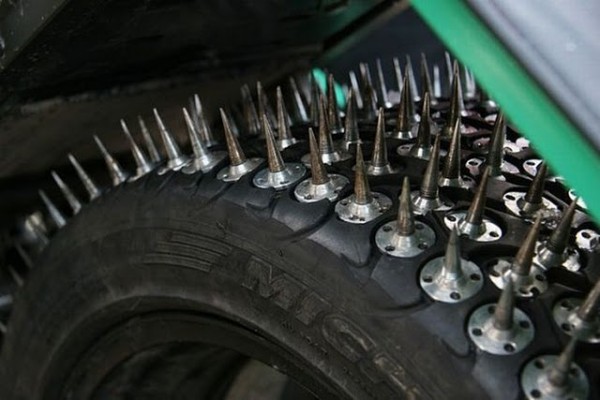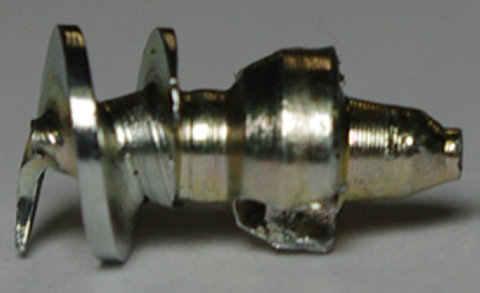
YDTech® manufacture of carbide ice studs and hardmetal snow tire studs! supplier of tungsten ice studs, ice screws or snow studs for shoes, bicycles, cars in china!


What's winter spikes?
Tire studs are small metal protrusions inserted into winter tires to improve tire-road friction in snow or ice conditions. In addition to this friction improvement studded tires also have an unwanted and detrimental side effect: increased pavement wear.
Description of tire studs
The typical studded tire is a winter tire with between 60 and 120 inserted small metal studs. These studs are usually made of tungsten carbide , weigh 1.7 - 1.9 grams each and protrude about 1.2 - 1.5 mm from the tire surface. Studs are made by embedding a small metal "jacket" into the tire then inserting a tungsten carbide pin into the jacket.


This pin is tapered so that it will move back into the jacket when the dynamic forces acting on it reach a certain critical level. If this subtle stud movement is properly calibrated the result is a tire stud that maintains a near-constant protrusion length even as the rest of the tire wears down. This type of stud is called a controlled protrusion stud.


grain size of WC ice studs, tire studs, snow studs,winter studs
| Co | Hc | Den | RS | HV30 | grain size | |||||
|---|---|---|---|---|---|---|---|---|---|---|
| 7.5-9.0 | 11.0-14.0 | 12.68-12.78 | 50-90 | 400-1600 | 1.2-1.6 | |||||
| 8.2-10.0 | 10.0-12.0 | 12.10-12.20 | 50-90 | 1400-1600 | 1.6-2.0 | |||||
| 9.0-11.0 | 10.2-11.2 | 12.77-12.87 | 87-97 | 1380-1480 | 1.6-2.0 | |||||
| Total | 6 ice studs, tire studs, snow studs,winter studs | |||||||||
Studded tires cause significant pavement damage. When they strike the pavement surface, each small tungsten carbide pin causes a small amount of pavement material to dislodge from the overall pavement structure. This pavement damage is influenced by the following five factors:
Stud protrusion length. The greater the protrusion, the greater the pavement wear. Stud weight. The heavier the stud, the greater the pavement wear. Number of studs per tire. The more studs per tire, the greater the pavement wear per tire. Vehicle speed. The greater the speed the greater the pavement wear.
Many studies have been done to quantify studded tire pavement wear and they have given widely varying results., a rough rule-of-thumb would be that studded tire wear causes about 0.1 inches of wheelpath wear per million studded tire passes. This may not seem significant, however many major urban U.S. highways experience a directional traffic volume in excess of 100,000 vehicles per day, of which anywhere from about zero to 60 percent of the automobiles within this traffic are equipped with studded tires in the U.S. In Finland, studded tire use is estimated at above 90 percent for automobiles.